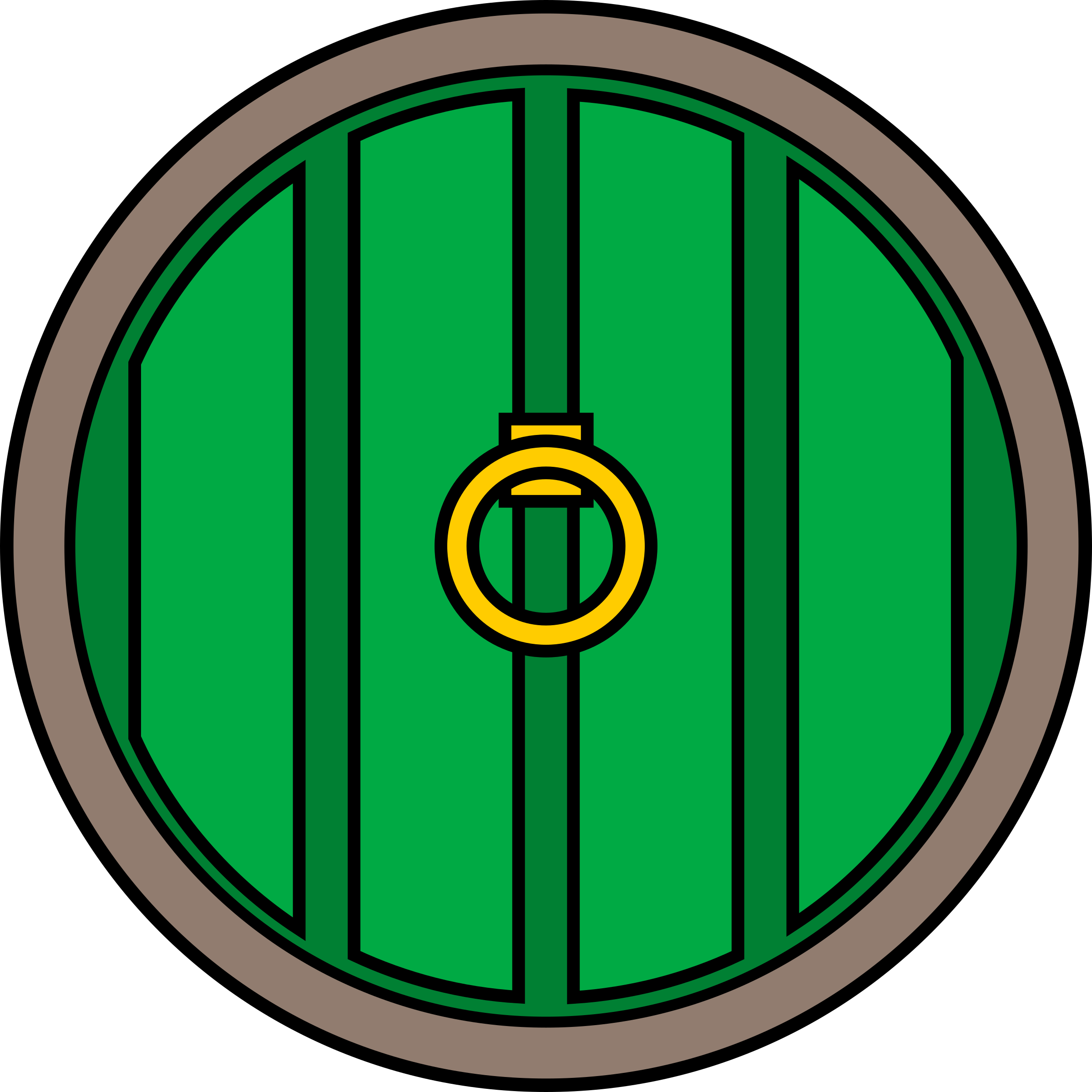Figs and Pigs
Why does Jesus act that way?

When some people read the Gospel of Mark, they see Jesus killing 2000 pigs and cursing an innocent fig tree. Why does Jesus seem to show such disregard for nature? What did the pigs ever do to him? What did the fig tree do to get a curse?
I remember when I first read Bertrand Russell’s Why I am Not a Christian as an undergraduate student. Russell complained that Jesus was morally defective since he angrily cursed the fig tree for not bearing fruit, and then overturned the money tables. And it wasn’t even the season for figs! The guy clearly had anger issues, right?
But the great British philosopher’s surface level reading neglects the literary and historical dimensions of this passage. The sandwiched literary structure of Mark 11:12-25 and some historical insights about the location of the money tables in the Temple reveal that Jesus’ actions here are saturated with prophetic overtones: he is prophetically making room for the gentiles to be included into the people of God.
The passages where Jesus curses the fig tree (vv. 12-14) and it withers (vv. 20-25) come just before and after the passage where he overturns the money tables (vv. 15-19), thus forming a sandwich around it. As with other examples of this unique sandwich structure in Mark, the center of the sandwich holds the interpretive key to the whole.
Historically, the money tables were located in the outer “court of the gentiles” in the Temple, the only place where non-Jews were allowed (Nylund 2016). The business there would have cluttered the area, thus making “unsuitable as a place of worship” the only place gentiles could worship (Hays 2014, 9). In the first of the Old Testament passages Jesus cites as he is overturning the tables, we find that the “house of prayer for all nations [Greek: ethnos, i.e. gentiles]” reaffirms this gentile theme, and the “house of prayer” refers to the Temple (Isa 56:7). Further, in the second passage Jesus cites (Jer 7:11), figs symbolize the fruitlessness of Israel (Jer 8:13). The fig tree Jesus curses thus represents Israel.
By making these references to the Old Testament while he is clearing the court of the gentiles, “Jesus [is clearing] the way, figuratively, for the restored worship of the kingdom of God, in which all nations will participate along with the returning exiles of Israel” (Hays 2014, 7). So, Jesus isn’t being an angry curmudgeon here, but is fighting for inclusion! He is making room in God's house for the gentiles to be included too.
As for the scene with the pigs, in addition to the fact that the “caves” and “pigs” are plausibly an allusion to Isaiah 65:4, I find quite suggestive the historical observations of several commentators: (1) “legion” here evokes the Roman military legion, a group of a few thousand soldiers; (2) around the time Mark is writing, the region of Geresa was under Roman occupation and subjected by emperor Vespasian to utter devastation; (3) pigs were sacred in Roman pagan religion but quite the opposite in Jewish religion; and, (4) “The Tenth Legion, stationed in Palestine, had the insignia of a wild boar on its banners” (Boring 2006, 151). In short, there are a plethora of potential meanings going on in this passage. My own feeling is that Mark might be making a subversive point here about Roman imperialism: Jesus is stronger than the Roman legion. Might we also see Jesus as freeing the gentiles from Roman paganism, as symbolized by the pigs? I don’t know, but there is enough going on in this passage that should give us pause about simply concluding that Jesus isn’t a fan of animal rights.
References
Boring, Eugene. Mark: A Commentary. New Testament Library. Louisville: Westminster John Knox, 2006.
Hays, Richard B. Reading Backwards: Figural Christology and the Fourfold Gospel Witness. Waco: Baylor University Press, 2014.
Nylund, Jan H. “Court of the Gentiles.” The Lexham Bible Dictionary, edited by J. D. Barry et al. Bellingham: Lexham Press, 2016.
